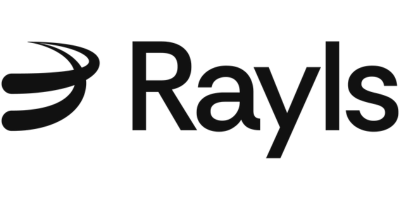

Rayls has both a public chain (in testnet as of June 2025) and a system of permissioned/private chains that are used by financial institutions (banks, FMIs, credit card processors, etc). These financial institutions pay transaction fees for the usage of the Rayls permissioned chains according to the volume of transactions they execute.
The payment of transaction fees is made to the Rayls Foundation, which only accepts payments in RLS Tokens (the Rayls utility token). As such, financial institutions have to purchase RLS to be able to pay the foundation, or use a broker to purchase and send the RLS tokens on their behalf. Since RLS is not yet available in exchanges, financial institutions have to buy it directly from the Rayls foundation, by using the SWAP contract deployed by the foundation. This dashboard shows these transactions in real-time.
The current flow is as follows: Financial Institution pays Parfin (broker) in FIAT money. Parfin on-ramps FIAT into USDT, and then sends USDT to the SWAP smart contract. The USDT gets swapped for RLS and the swapped USDT is sent to the foundation's USDT treasury account (Account "D"), while the swapped RLS are sent to the foundation's DIVIDE smart contract, which receives the RLS and devides into 3 accounts (accounts "A", "B" and "C"). Accounts A, B and C will be used by the foundation for ecosystem incentives (you can check accounts A, B, C and D in Etherscan below).
Note that once RLS is available in CEXs and DEXs, the above flow will change and the SWAP smart contract will be deactivated, since clients can buy RLS directly off exchanges